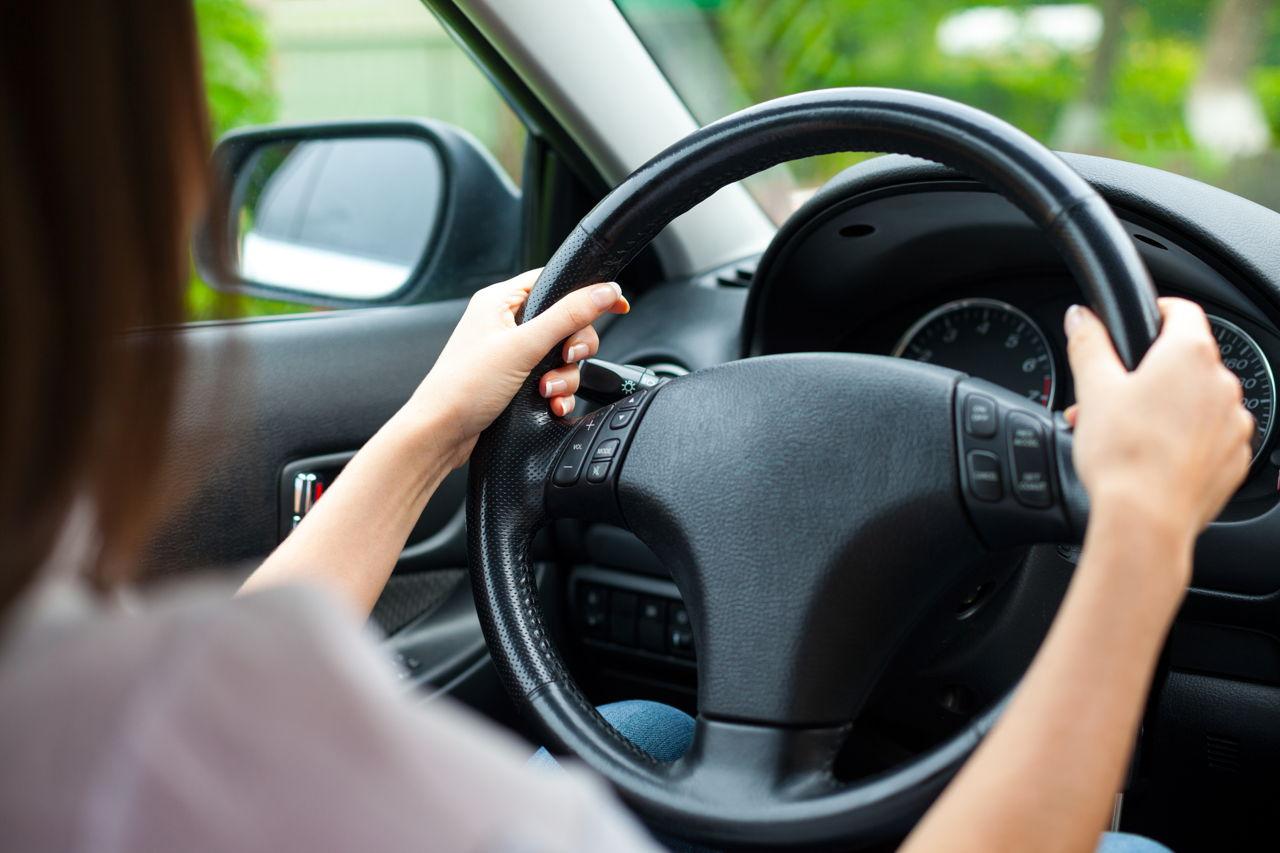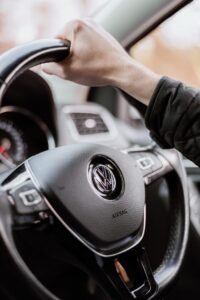Have you ever imagined if you accidentally, hooked battery up backwards now car won’t start, What to do? Anyone could find themselves in this frustrating scenario. You can reverse the power flow by connecting the battery improperly, such as by inserting the positive end into the negative connector. This can cause a variety of issues by confusing your car’s electrical system. This straightforward article will explain what transpires if you commit this error and why your car won’t start.
Consider your car’s battery as its heart. It’s like attempting to pump blood in the wrong direction when it’s connected improperly. Reversing your car can be disastrous because it depends on electricity to function. We’ll also examine the causes of this and, most importantly, how to resolve it so that your car may resume normal operation.
Table of Contents
Common Reasons Behind Hooked Battery Up Backwards Now Car Won’t Start
Imagine how frustrating it would be to turn the key in your car’s ignition only to hear nothing. Your automobile won’t start because you recently connected the battery in reverse. Do not be alarmed; many people have been in your shoes. Now, we’ll examine the typical causes of this error and explain the underlying problems so you can figure out why your car won’t start.
1. Damaged Electrical Component:
Reversing the battery connection might cause an electrical current surge to go the incorrect way. The engine control unit (ECU), fuses, and relays can all be affected by this surge and get damaged. It will be difficult for your automobile to start if these parts are burned out.
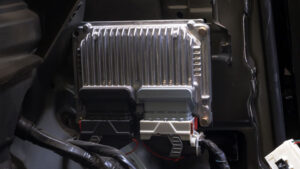
2. Blowing Fuses:
Various fuses are included in car batteries to protect the electrical system. These fuses have the potential to blow when the battery is connected backwards, cutting off the power to vital parts. Your automobile might not start if the fuses aren’t working.

3. Damaged Alternator:
The alternator is in charge of powering the running electrical system of the car and charging the battery. Reversing the battery’s polarity can harm the alternator, making it difficult to start the automobile and keep the battery charged.
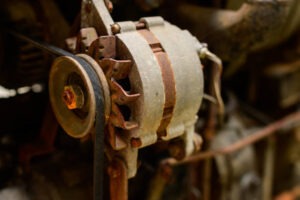
4. Wiring Harness Issues:
The wiring harness is an intricate web of wires that joins numerous auto components. When the battery is connected incorrectly, voltage spikes may be sent across these wires and might possibly result in shorts or damage. Your automobile may not start if your wire harnesses are damaged because this will interrupt the electrical flow.
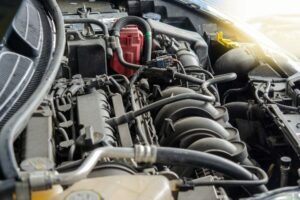
5. ECU Confusion:
Your car’s “brain,” known as the Engine Control Unit (ECU), is in charge of controlling all engine operations. The ECU may get conflicting signals when you reverse the battery, which could lead to confusion and malfunction. Your automobile might not start as a result of this.
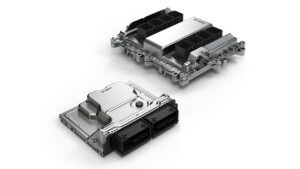
6. Battery Reversal Protection:
Some contemporary automobiles have circuitry for battery reversal protection. In order to protect against harm brought on by reversed battery connections, if your car has this feature, it may completely block the engine from starting.
It’s important to comprehend these typical causes of battery connection failure in cars. It might assist you in determining the problem and whether you should attempt repairs on your own or hire a professional. Keep in mind that the extent of the issue varies based on elements like the brand and model of your car and the extent of the damage.
Fixes For A Car That Won’t Start After Having The Battery Connected Backwards
One of the most frequent inadvertent misconnections includes connecting a car battery backwards, and we’ve all experienced such moments. When this occurs, the outcome may be an automobile that obstinately won’t start. There are ways to get your car back on the road, so don’t worry. In this post, we’ll look at practical fixes for cars that won’t start after such a mistake.

1. Unplug The Battery:
The initial step is essential. If you have the battery connected incorrectly and your car won’t start, unplug it right away. Remove the negative (often black) and positive (typically red) terminals. This stops more electrical harm.
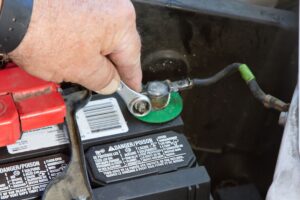
2. Inspect For Visible Damage:
Look for any obvious damage to the battery and any nearby electrical components. As well as keep an eye out for burned wires, melted insulation, or faulty connectors. They must be changed if you find any.
3. Examine And Change Fuses:
Fuses frequently blow due to reverse polarity. Inspect the fuse box in your car for any blown fuses and replace them as necessary. For the proper fuse ratings, refer to your car’s owner’s manual.
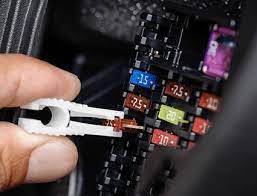
4. Examine The State Of The Battery:
The reverse polarity could have an impact on your car battery. Utilise a multimeter to check its voltage. It might need to be replaced if it reads much lower than the voltage that was provided.
5. Correctly Reconnect It:
Correctly reconnect the batteries after replacing the fuses and making sure there is no obvious damage. Additionally, make sure the cables at the positive and negative terminals are the same.
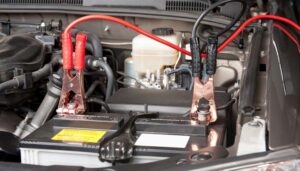
6. Attempt To Begin:
Restart the engine of your car. It should start up smoothly if everything goes according to plan. If not, you might need to jump-start the car or recharge the battery if it was discharged while the process was being done.
7. Ask For Expert’s Advice:
After trying these fixes, if your car still won’t start, it’s time to see a repair. They can carry out a more thorough diagnostic and fix any concealed harm.
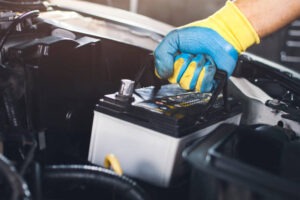
8. Prevent Future Mistakes:
Take lessons from this mistake to stop it from happening again. Therefore, to make sure you connect your batteries correctly in the future, label your battery terminals or use colour-coded covers. The best course of action is frequently prevention.
After accidentally connecting the battery backwards, you may frequently get your automobile back in working condition by using these fixes. However, keep in mind that electrical problems can be complicated, so it’s always advisable to get professional help if you’re unsure of the amount of damage or encounter any recurring issues.
Frequently Asked Questions
Till now, we’ve seen all the aspects of the topic “hooked battery up backwards now car won’t start.” Now, let’s delve into some FAQs. A frequent error that can cause your automobile to become unresponsive is connecting the battery to the vehicle backwards. Following such an incident, there are three often-asked questions concerning what to do when your automobile won’t start.
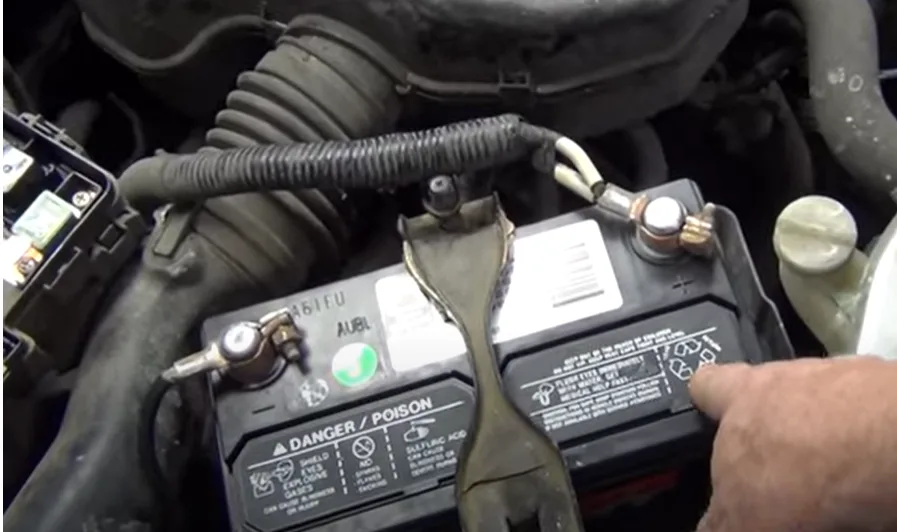
1. Can My Car Be Started By A Jump Start If The Battery Is Connected Incorrectly?
No, switching the polarity of the battery can result in additional electrical harm when you try to jumpstart the car. Therefore, it’s critical to remove the battery, evaluate the problem, and possibly seek professional assistance.
2. How Can I Tell If The Electronics In My Automobile Are Damaged?
Be on the lookout for cautionary indicators like blown fuses, broken electronics, or dashboard warning lights. Moreover, consult a mechanic to do a comprehensive inspection if you suspect damage.
3. Can The Automobile Be Jumpstarted After The Battery Connector Has Been Flipped?
Without repairing the battery connection, trying to jump-start the car could result in more harm. Always unplug the battery before dealing with the polarity problem.
4. What Should I Do Right Away If I Discover The Battery Is Plugged In The Wrong Way?
As soon as possible, disconnect the battery, take off both terminals and look for any obvious damage. The car should not be started until the problem has been fixed.
5. Is The Only Problem When The Battery Is Connected Backwards A Blown Fuse?
Reverse polarity frequently results in blown fuses, but there could be more severe harm. The electrical system of your car needs to be carefully inspected.
6. How Can I Avoid Making The Same Error Again?
Label battery terminals, use colour-coded covers, or snap a picture before detaching the old battery to prevent making this mistake. Therefore, these safety measures can assist in guaranteeing proper reconnection and stop future accidents.
Conclusion:
In conclusion, a seemingly simple error such as “hooked battery up backwards now car won’t start” might result in an unpleasant setback. However, taking quick action, such as unplugging the battery, inspecting it for damage, and changing blown fuses, will frequently fix the problem. In order to avoid this accident in the future and ensure a smoother trip on the road ahead, label terminals and take precautions.
